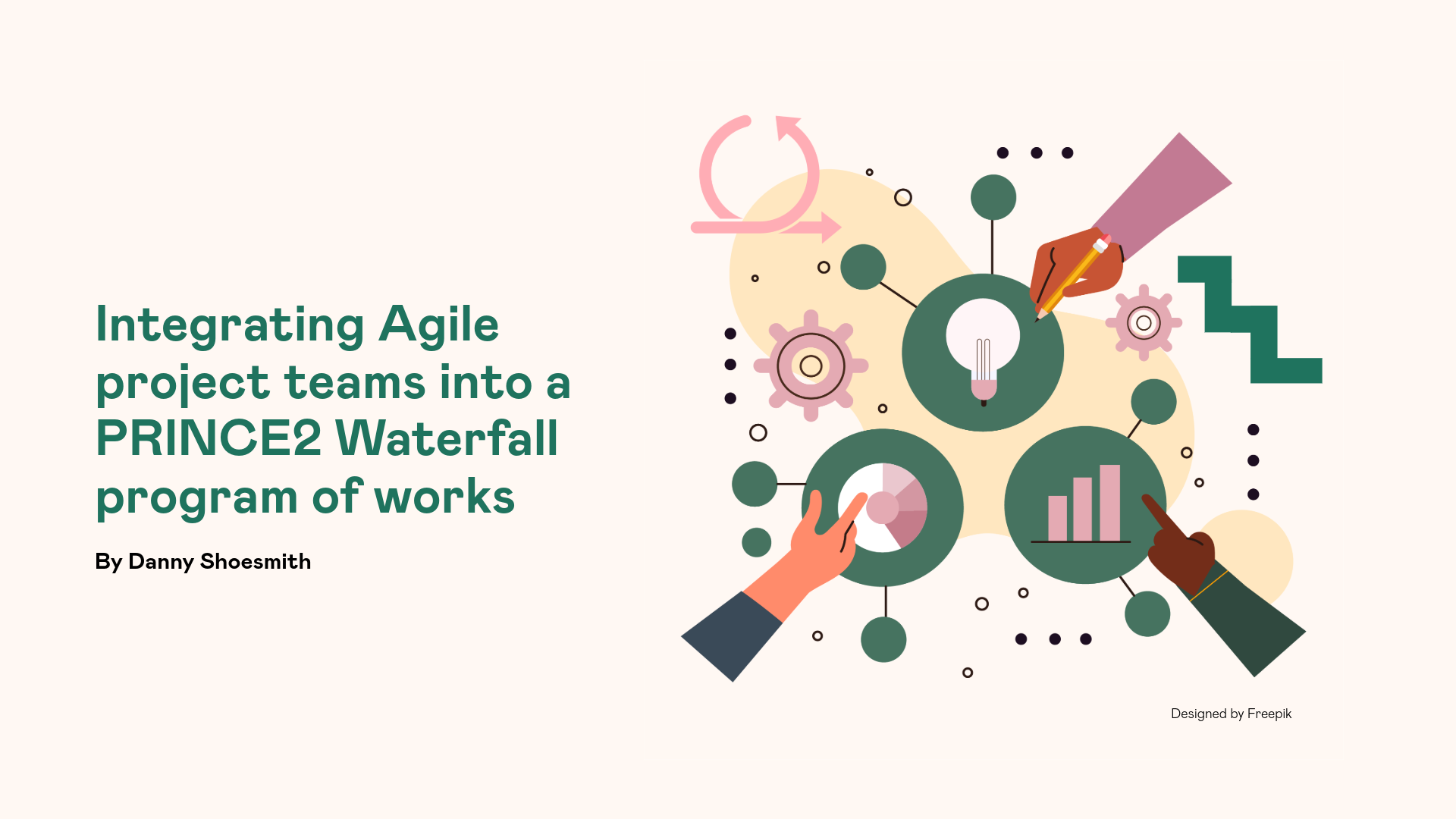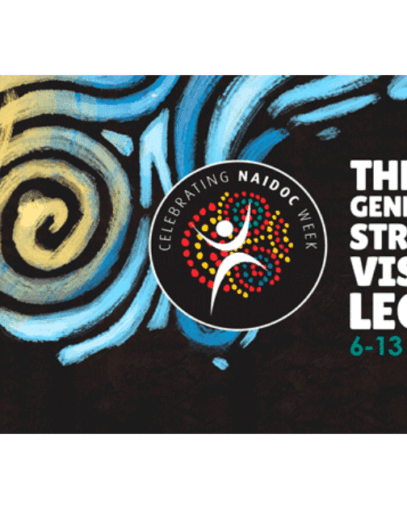Agile Project Teams with PRINCE2 Waterfall Programs of Work

Introduction
In the fast-paced and ever-changing world of Information and Communication Technology (ICT) project management, the clash between traditional Waterfall methodologies and Agile practices often poses great challenges. Many organisations utilising PRINCE2 (PRojects IN Controlled Environments) frameworks are now faced with the need to incorporate work packages from system integrators and internal teams wishing to utilise Agile methodologies for their development and testing of new technologies. This article explores the strategies for integrating Agile project teams into a PRINCE2 Waterfall program of works, with a focus on ICT projects and the utilisation of suppliers delivering Agile products.
Understanding the Landscape
PRINCE2, with its structured approach to project management, provides a robust framework for government ICT projects. It offers clear governance, defined roles, and a step-by-step methodology. On the other hand, Agile methodologies, with their iterative and flexible nature, are often favoured for their ability to adapt to changing requirements and deliver incremental value.
The Challenge: Merging PRINCE2 and Agile
Integrating Agile practices into a PRINCE2 environment requires a thoughtful and strategic approach. The two methodologies have fundamental differences in terms of planning, execution, and delivery. However, the right balance can be achieved by recognising the strengths of each and harmonising them for optimal project outcomes.
1. The Hybrid Project Management Framework:
To bridge the gap between Waterfall and Agile, consider adopting a hybrid project management framework. PRINCE2 can be maintained for overall project governance and structure, while Agile practices are embedded within specific project components or stages. This allows for flexibility in execution while adhering to the overarching project controls defined by PRINCE2.
2. Incremental Project Phases:
Break down the project into incremental phases, aligning with Agile sprints. Each phase should adhere to PRINCE2 principles while allowing Agile teams to work iteratively within those phases. This approach ensures that the project remains controlled, and milestones are met, while still accommodating the adaptive and iterative nature of Agile teams.
3. Cross-Functional Collaboration:
There is a requirement to actively foster collaboration between traditionally structured PRINCE2 teams and third-party system integrators utilising Agile teams. Encourage communication and knowledge-sharing to create a cohesive working environment. This can be achieved through regular meetings, joint planning sessions, and shared documentation to ensure that both methodologies complement each other.
4. Agile Supplier Management:
Selecting suppliers experienced in Agile product delivery is crucial. These suppliers understand the iterative nature of Agile and can seamlessly integrate their delivery processes into the broader PRINCE2 program. Clear communication and aligned expectations between the government organisation and the Agile supplier are essential for success.
Case Study: Successful Integration in Government ICT
The Australian Government’s adoption of a hybrid project management approach provides an insightful case study. In their ICT projects, they implemented a hybrid model combining PRINCE2 for corporate level governance and Agile practices via system integrators utilising Agile for lower environment development, allowing for adaptability while maintaining governance. By leveraging Agile supplier expertise, the government successfully delivered complex IT solutions within defined timelines and budgets.
Conclusion
Integrating Agile project teams into a PRINCE2 Waterfall program of works for government ICT projects is challenging but feasible. A hybrid approach, incremental project phases, cross-functional collaboration, and the careful selection of Agile suppliers are key elements for success. The evolving landscape of project management demands a flexible and pragmatic approach, ensuring that the strengths of both Waterfall and Agile methodologies are harnessed for optimal project outcomes. By striking the right balance, government organisations can navigate the complexities of ICT projects and deliver innovative solutions in a controlled and adaptive manner.


